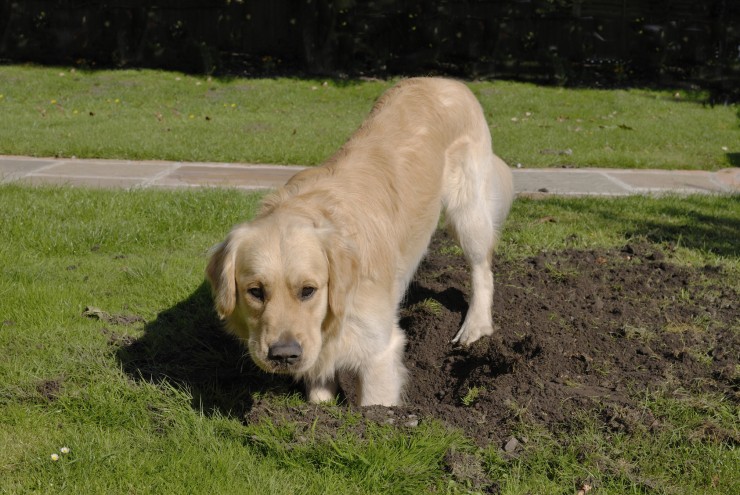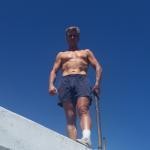For a horse rider, the saddle is an important piece of equipment, and yet there are many who take for granted how much of a powerful tool it can be. A correctly fitted horse back riding saddle can make a huge difference to your horse when he is ridden, allowing him to be happier and more comfortable which in turn will allow him to work correctly and perform to the best of his ability.
In the same way that we would choose a pair of shoes for a child, the saddle that we put on a horse's back should fit perfectly, without rubbing or pinching. You wouldn't ask a child to take part in their physical education class wearing an ill-fitting pair of shoes without expecting them to experience some discomfort. This is no different to asking horses to wear ill-fitting horse riding saddles.
Just like humans, horses will rarely remain the same shape forever. This could be for many reasons; whether they are growing or aging, they are out of work with an injury or coming back into shape. Perhaps they are gaining or losing weight simply because of the time of the year. Bearing this in mind, it would be crazy to think that the same saddle could fit a horse for all of its life, and yet how many of us can honestly say that we check the fit of our horse riding saddles on a regular basis?
An ill-fitting saddle can have severe effects on the horse and truly limit their performance. Soreness and bruising around the withers and along the spine are common side effects of saddles that are too narrow where they pinch the back. Over long periods of time this can cause permanent damage to the spine and back muscles. Similarly, saddles that are too wide distribute rider weight onto the wrong parts of the back, overloading sensitive areas with too much pressure, causing permanent structural damage to the spine and nerves. It could even impede the performance of the horse permanently.
Further consideration must be given to the length of the saddle. The sensitive loin area behind the saddle is not able to carry weight. Horse back riding saddles that are too long will extend onto this area. At best, this will cause pain and discomfort for the horse. At worst, it can cause muscular damage, poor muscular development or even damage to the kidneys and surrounding nerves and tissues.
In order to enable the horse to work to the best of his abilities he must be comfortable, happy and able to carry himself naturally, moving with freedom and without pain or discomfort. When pain, bruising and muscular problems are incurred over long periods of time this discomfort is likely to cause the horse to compensate for the incorrectly fitted horse riding saddle. He will carry himself incorrectly, causing muscles to develop incorrectly and further reducing his performance. If he is in pain, it is likely that he could develop some aversion to be ridden and start to display some behavioural problems. The problems caused by ill-fitting horse riding saddles don't always display themselves straight away, and by the time that they do, the damage is already done. For the sake of your horse, and ultimately for his owner it is essential to regularly check the fit of your saddle.

 Why Does My Dog Insist On Digging Their Way Out Of The Garden?
Why Does My Dog I
Why Does My Dog Insist On Digging Their Way Out Of The Garden?
Why Does My Dog I
 15 Top Tips For Dog Owners To Make Canine Care A Little Easier
15 Top Tips For D
15 Top Tips For Dog Owners To Make Canine Care A Little Easier
15 Top Tips For D
 Training Your Labrador Retriever To Come
The recall is an important command for a Labrador Retrie
Training Your Labrador Retriever To Come
The recall is an important command for a Labrador Retrie
 Humans And Their Likeness To All Other Species In The Animal Kingdom
Humans And Their Likeness To All Other Species In The Animal Kingdom
 Cats And Food Allergies
Cats And Food All
Cats And Food Allergies
Cats And Food All